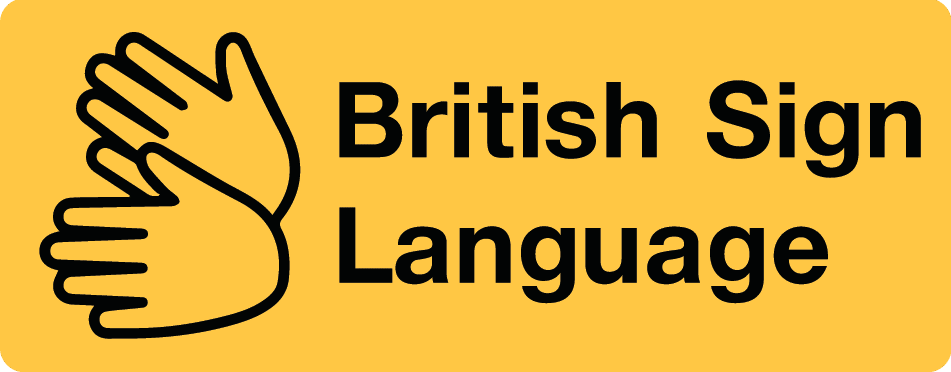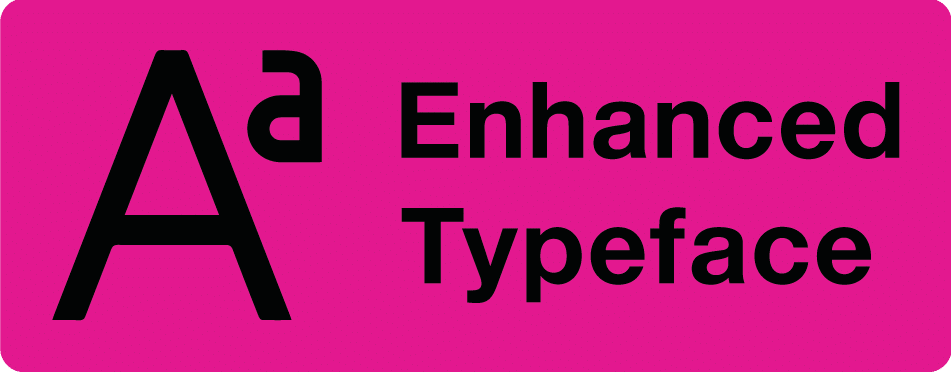Whether British Sign Language (BSL) is hard to learn depends on your background and expectations. Here’s a breakdown to help you decide:
Challenges to Consider:
- New Grammar System: BSL grammar is entirely different from spoken English grammar. You’ll need to learn new rules for sentence structure, facial expressions, and hand movements.
- Vocabulary and Signs: BSL has its own vocabulary and signs that don’t directly correspond to English words. Memorizing signs and their meanings takes practice.
- Limited Exposure: Unlike spoken English, BSL isn’t as widely used in everyday environments. Finding opportunities to practice and immerse yourself in the language can be more challenging.
Factors That Can Make It Easier:
- Visual Learner: If you’re a strong visual learner, you might find the spatial aspects and hand movements of BSL easier to grasp than memorizing spoken language.
- Prior Sign Language Experience: If you already know some sign language, even from a different country, you’ll have a foundation in understanding sign language concepts.
- Motivation and Practice: With dedication and consistent practice, BSL can be learned like any other language.
Here’s a comparison to learning a spoken language:
- Similar Difficulty: Generally, BSL isn’t inherently easier or harder than learning a spoken language. Both require effort and practice to achieve fluency.
- Different Challenges: BSL presents challenges with grammar and vocabulary acquisition, while spoken languages might involve mastering pronunciation and listening comprehension.
BSL is a rewarding language to learn, but it takes time and dedication. Don’t get discouraged by the initial challenges. Here are some tips for success:
- Start with realistic goals. Aim for basic conversation skills first, then gradually progress.
- Find a good learning method. Explore courses, online resources, or find a Deaf mentor to practice with.
- Immerse yourself in BSL culture. Watch BSL videos, attend Deaf community events, and surround yourself with the language as much as possible.
- Most importantly, have fun! Enjoy the process of learning and celebrate your achievements along the way.
By approaching BSL with the right mindset and resources, you can overcome the challenges and experience the satisfaction of communication and connection within the Deaf community.




